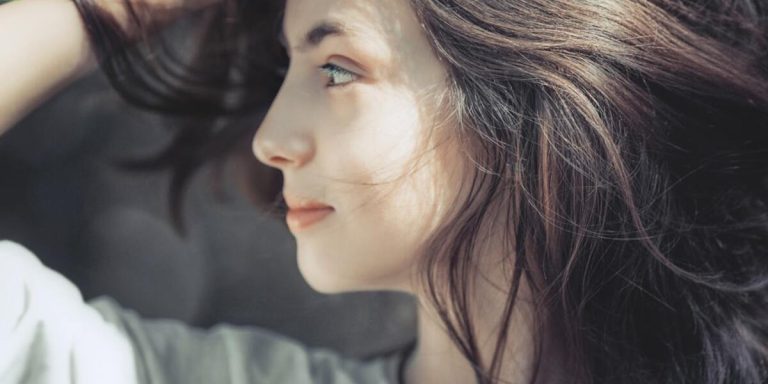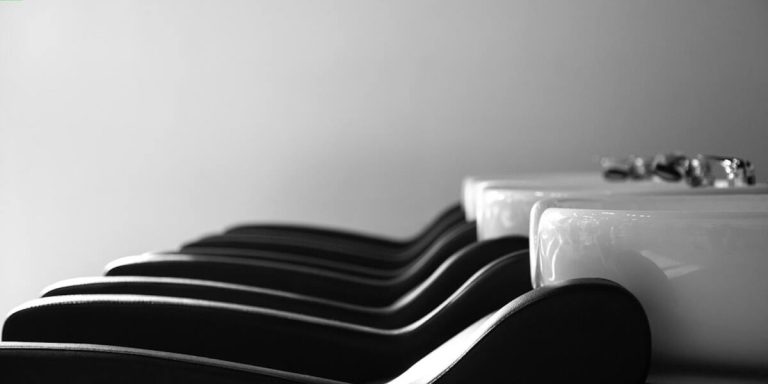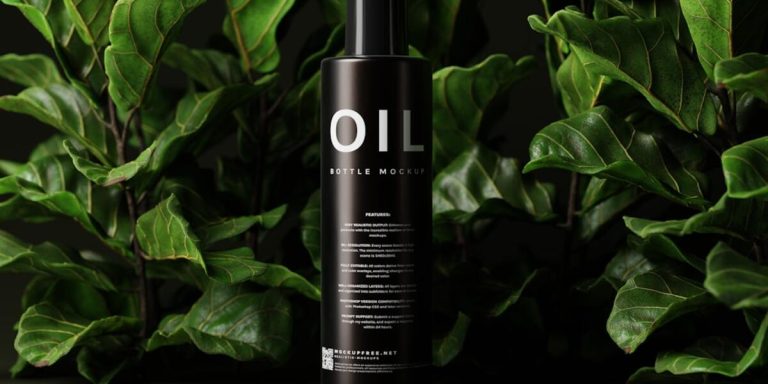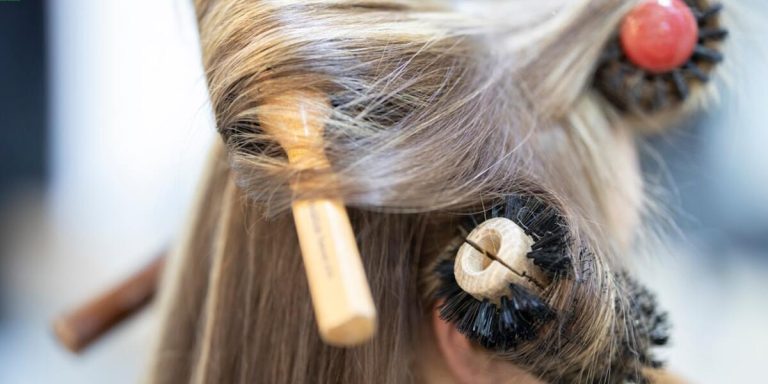Hair Pulling Regrowth: A Comprehensive Guide to Healing and Restoration
Hair pulling regrowth is a topic of concern for many who suffer from trichotillomania or other hair-pulling disorders. This disorder can lead to noticeable hair loss and psychological distress, but the good news is that with proper care and treatment options, your follicles possess an incredible ability for regeneration.
Understanding the mechanism behind how our body replaces lost hair strands sheds light on multiple ways we can promote natural recovery. From embracing appropriate nutrition to incorporating topical treatments, this comprehensive guide explores various methods of healing and restoration for individuals experiencing scalp trauma due to excessive hair pulling.
Did you know?
Did you know that hair-pulling disorder, known as trichotillomania, could actually stimulate the growth of new hair follicles? However, consistent pulling may eventually lead to irreversible damage.
Understanding Trichotillomania: The Basics of Hair Pulling
Trichotillomania, commonly referred to as hair-pulling disorder, is a mental health issue that drives individuals to compulsively pull out their own hair. In today’s fast-paced world of 2023, it is more prevalent than ever before due to increased stress and anxiety levels society-wide. Chronic sufferers often end up with noticeable bald patches which can deeply affect one’s self-esteem.
Despite its challenges, understanding Trichotillomania opens the door for effective strategies towards recovery – including encouraging natural hair regrowth. Hair follicles aren’t typically damaged permanently when pulled; hence the possibility exists for returning strands if proper care is taken after episodes occur.
By incorporating scalp-nourishing routines along with relaxation and stress-management techniques into one’s lifestyle regimen helps stimulate growth while simultaneously addressing the root (pun intended) of this complex problem – our psychological well-being! Such integrated approach not only fosters physical healing but also provides tools needed by sufferers in managing future impulses better.
Defining Trichotillomania and Its Impact on Hair Health
Trichotillomania, often referred to as hair-pulling disorder, is a mental ailment that involves recurrent and irresistible urges to pull out hair from one’s scalp or other areas of the body. Despite being an issue for many individuals worldwide, it goes unnoticed due to lack of awareness.
At its core lies the paradoxical combination of stress relief and physical harm. People with trichotillomania find solace in pulling their hair but end up causing noticeable bald patches over time. This repetitive behavior can be categorized as self-harm since it leads to visible damage on your skin surface – something sufferers try concealing under hats or scarves.
Now you might ponder – what relation does this have with “hair pulling regrowth”? Well! The answer lays hidden within the very problem itself!
The key obstacle hindering successful regrowth after continuous hair pulling is the potential damage caused at follicular level which hampers natural growth process.
Recognizing the Signs and Symptoms of Compulsive Hair Pulling
Trichotillomania, otherwise known as compulsive hair pulling disorder, can manifest in diverse ways. However, recognizing its signs and symptoms is crucial for ensuring effective treatment and promoting successful “hair pulling regrowth”.
One sign to watch out for is the frequent urge to pull your own hair from various areas of the body such as scalp or eyebrows despite attempts to stop. The act itself may either be a conscious response to stress or anxiety or it could even be done subconsciously without full awareness.
Consistent bald patches are another glaring symptom which should not go unnoticed. If you notice significant differences in thickness between different parts of your hair – this might raise concern about possible compulsive behavior.
Strategies for Promoting Hair Regrowth After Trichotillomania
Undergoing the journey of recovery from Trichotillomania can be challenging. This disorder, engendering compulsive hair pulling, often results in noticeable hair loss that may impact your self-esteem significantly. However, with commitment to proper care and certain key strategies, promoting regrowth after this condition is absolutely achievable.
Understanding the growth cycle of hair forms a critical part of your regrowth strategy following instances of Trichotillomania-induced loss. Firstly and foremostly: patience is needed for recovering strands subjected to frequent stress due to constant pulling out – it’s important not forgetting those follicles need time for healing before they could restart producing new hairs again.
Incorporating beneficial nutrients into your daily diet boosts overall health and speeds up hair regeneration. Include these essential vitamins and minerals to create optimal conditions for scalp tissues:
- B-complex vitamins, especially biotin
- Vitamin A
- Vitamin E
- Iron
- Zinc
These nutrients facilitate quicker recovery rates after Trichotillomania episodes and encourage increased hair density in pull-affected areas with consistent dietary modifications.
Natural Remedies to Stimulate Follicle Recovery
Hair pulling, also known as trichotillomania, is a common issue that many people struggle with. However, once the habit has been curbed, your focus should shift to promoting hair regrowth in these areas. Here are some natural remedies designed specifically for stimulating follicle recovery.
Firstly and foremost among home treatments is Aloe Vera; this herbaceous plant’s gel forms an environment ripe for hair growth by reducing sebum blocking scalp pores and soothing damaged skin cells beneath existing strands of hair. You can administer it simply – extract the raw form from its leaf or buy pure variants available on marker shelves.
Turmeric comes next: well-known in Asian cultures not only because of culinary applications but due to its healing properties too! The active ingredient inside turmeric called Curcumin promotes cell repair and regeneration when used consistently within reason- adding more power into our arsenal against Trichotillomania effect aftermaths!
Sometimes nature provides us ingredients so rich they become versatile health enhancers themselves. One such miracle-worker? Coconut oil!
Packed full of essential fatty acids which encourage new follicular formation while nourishing existing ones – double whammy indeed.
handy at keeping infections away thereby creating perfect grounds for healthy flourishing locks.
Medical Treatments Proven Effective for Hair Renewal
Medical treatments have advanced significantly in providing promising results for hair regrowth, especially after suffering from Trichotillomania—an impulsive control disorder that causes excessive hair pulling. Consider these scientifically backed options:
1. Minoxidil: One of the most renowned over-the-counter remedies available is Minoxidil, commonly known by its brand name Rogaine. It works by lengthening the growth phase of your hair follicles and reviving shrinking ones.
2. Finasteride: This prescription medication interferes with testosterone conversion into dihydrotestosterone (DHT), a hormone responsible for male pattern baldness when present at high levels.
3. Corticosteroid injections: For immediate relief against extreme inflammation causing temporary or permanent bald patches due to relentless trichotillomania episodes, corticosteroids could be injected directly into your scalp every 4-6 weeks until you notice favorable outcomes.
4. Platelet-Rich Plasma Therapy (PRP): Drawing faith from autologous treatment mechanisms exploiting natural healing power within our bodies itself; PRP procedures entail using plasma enriched blood drawn out, processed then reinjected onto areas experiencing thinning or complete loss brought on prematurely through chronic ‘hair pulling’ habituating cases.
Lifestyle Adjustments to Support Healthy Hair Regrowth
Lifestyle matters when it comes to hair regrowth, particularly for those recovering from trichotillomania or compulsive hair-pulling. The journey back to healthy, vibrant locks begins with a series of adjustments that must be made in daily life.
First off is nutrition — your follicles need the right fuel. A diet rich in proteins and vitamins like Biotin can significantly support the rejuvenation process. Foods packed full of these essentials include fish, eggs, spinach and avocados — perfect ingredients for delicious meals!
On top of eating well-balanced food choices; hydration plays a key role too—drinking at least eight glasses of water every day aids not only our health but also leads towards achieving fuller looking mane.
Having consistent good night’s rest permits bodies an uninterrupted time window allowing cell regeneration processes including crucial ones impacting hairs – which means more space and time dedicated exclusively centered around restoration endeavors pertaining ‘hair pulling regrowth’.
Nutritional Choices That Boost Scalp and Follicle Well-being
Making informed nutritional choices can be the first step towards fostering hair pulling regrowth. When it comes to manifesting healthy, thick locks from scalp’s roots to tip, what you feed your body matters significantly.
First in line are proteins. Hair is primarily made up of a protein named keratin and feeding your body with high-quality sources like lean meats, fish, eggs and plant-based alternatives stimulates follicle health directly. Incorporating these into regular meals can enrich overall hair vitality.
Secondly consider iron-rich foods such as spinach or lentils that not only boost general wellbeing but also promote optimal blood flow to the scalp region enhancing effective nutrient delivery for healthier strands resulting in hair pulling regrowth.
Don’t underestimate the power of Omega-3 fatty acids too! Found abundantly in flaxseeds or walnuts; they provide essential fats which augment hydration for both scalp and shafts reducing brittleness aiding softer texture even among stubborn hairs prone to breakage.
Vitamins A,C,E along with B vitamins (particularly biotin) play an immense role spurring hair growth too. They function by generating rejuvenation cells within our system while simultaneously producing sebum – natural oil benefiting shiny glossiness amplifying lustre upon every strand further supporting 2023 trend toward naturalistic beauty standards.
Stress Management Techniques to Prevent Relapse
Managing stress effectively is a crucial step to ensuring healthy hair pulling regrowth. In today’s hectic, high-pressure world, chronic stress can trigger trichotillomania – the irresistible urge to pull out your own hair. Let’s delve into some techniques you can utilize.
Firstly, Breathing exercises are an excellent way of promoting relaxation and reducing stress levels. By focusing on slow inhalation and exhalation cycles for just ten minutes each day in 2023, individuals report significant improvements in emotional well-being that contribute directly towards combating compulsions like hair-pulling.
Secondly, practicing mindfulness meditation can also significantly reduce anxiety and improve focus. These elements are crucial for effectively managing trichotillomania-related urges. To practice mindfulness, you should:
- Dedicate time daily, even if it’s just five minutes.
- Observe your thoughts without judgment.
- Avoid attempting to change your thoughts.
This simple practice builds the mental space necessary for impulse control and supports the development of healthier stress-related behavior habits, like curbing excessive hair pulling.
Conclusion
In the grand scheme of things, hair pulling regrowth is indeed a journey fraught with trials and patience. But remember, every strand gained back is an achievement in itself. This guide aims to walk you through that path your scalp needs to tread for a restorative miracle; while shedding light on not just how possible it truly is but also equipping you with knowledge necessary for this hairy pursuit.
As we bid adieu till our next tryst with locks-centric wisdom, don’t hesitate to delve deeper into these follicular mysteries around our website. There lies more enlightenment about ‘Hair Regrowth’ at every click – be it understanding different strands of strategies or unraveling knots tying up the nuances behind holistic hair health!







